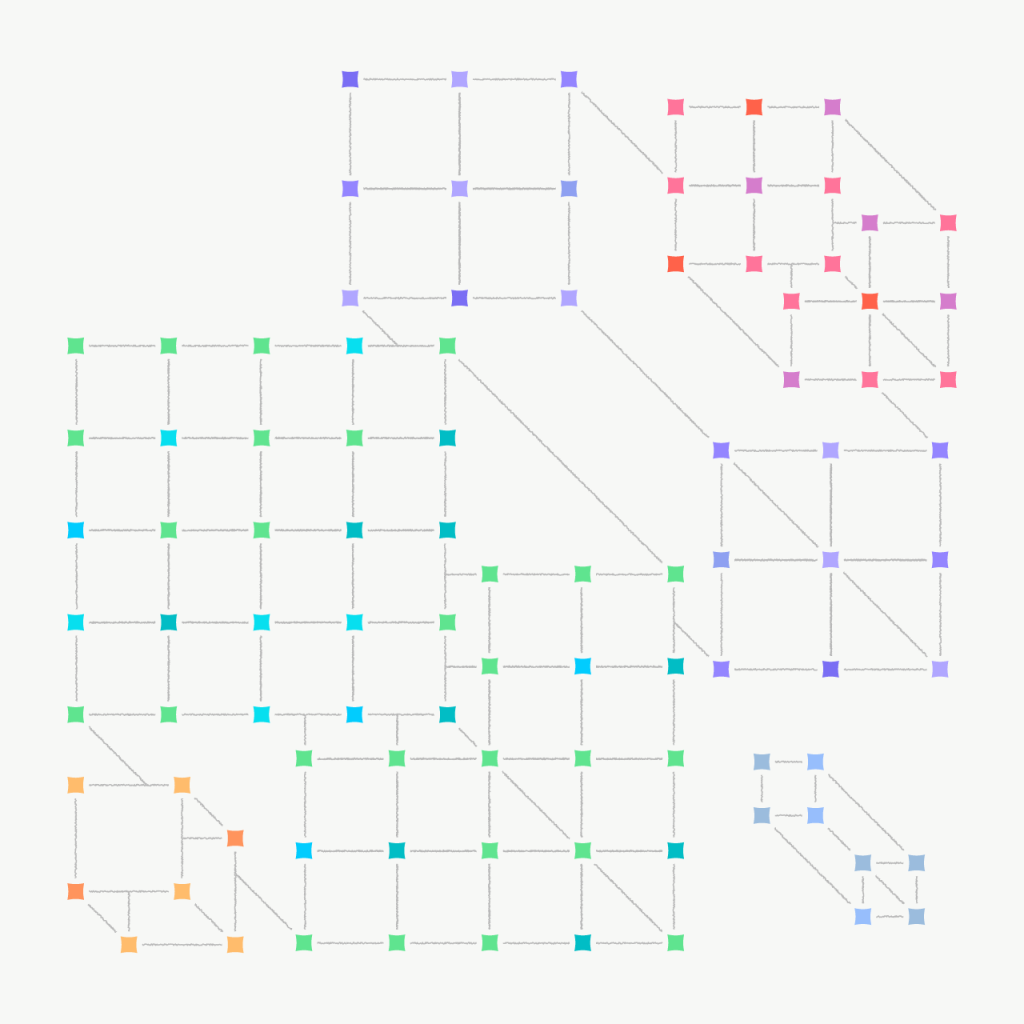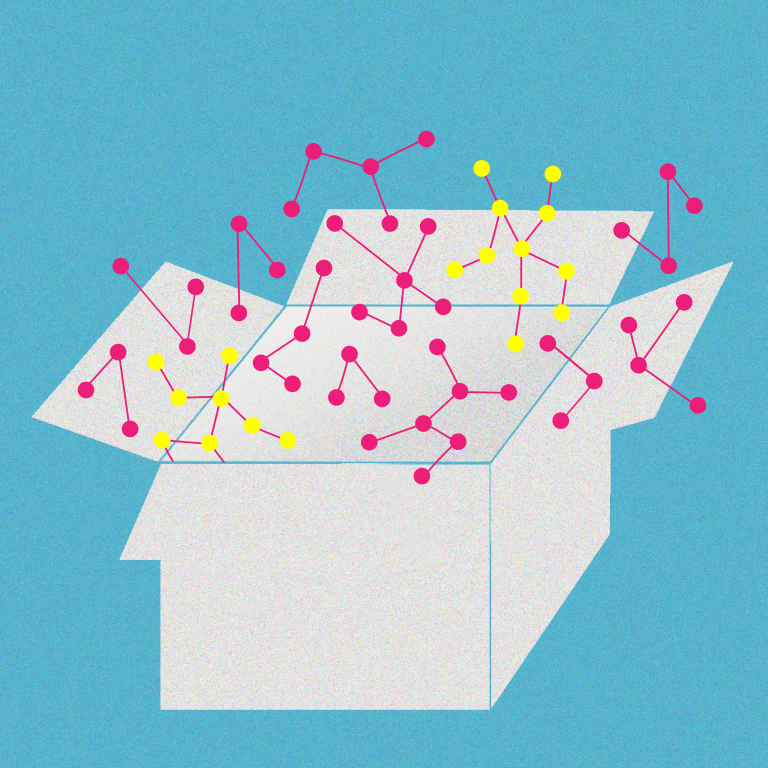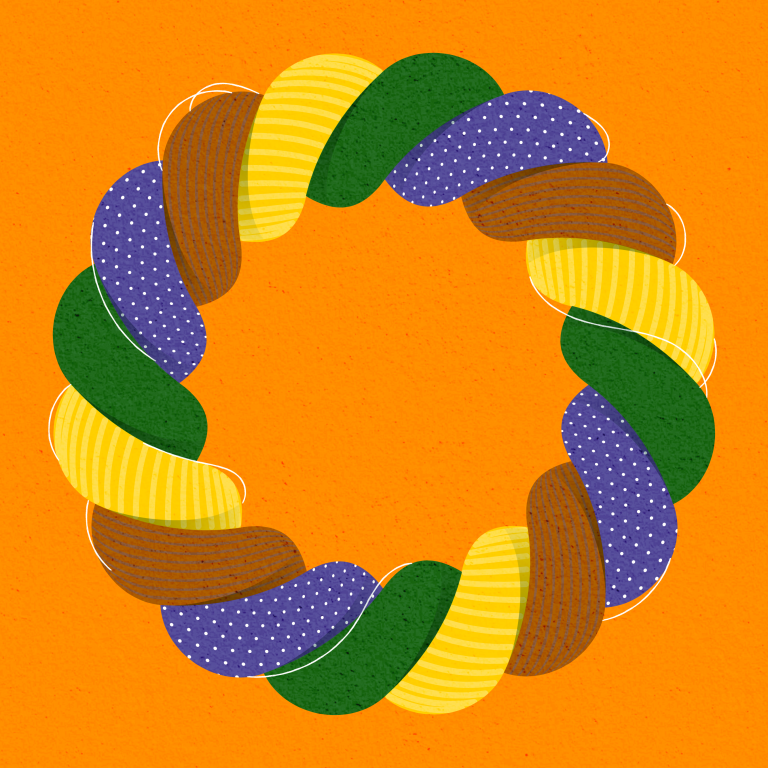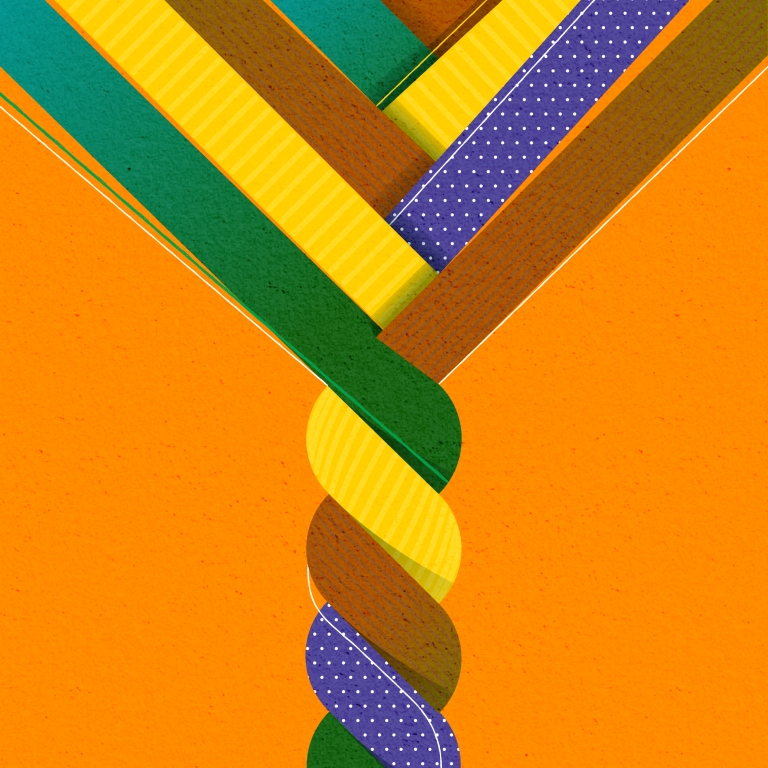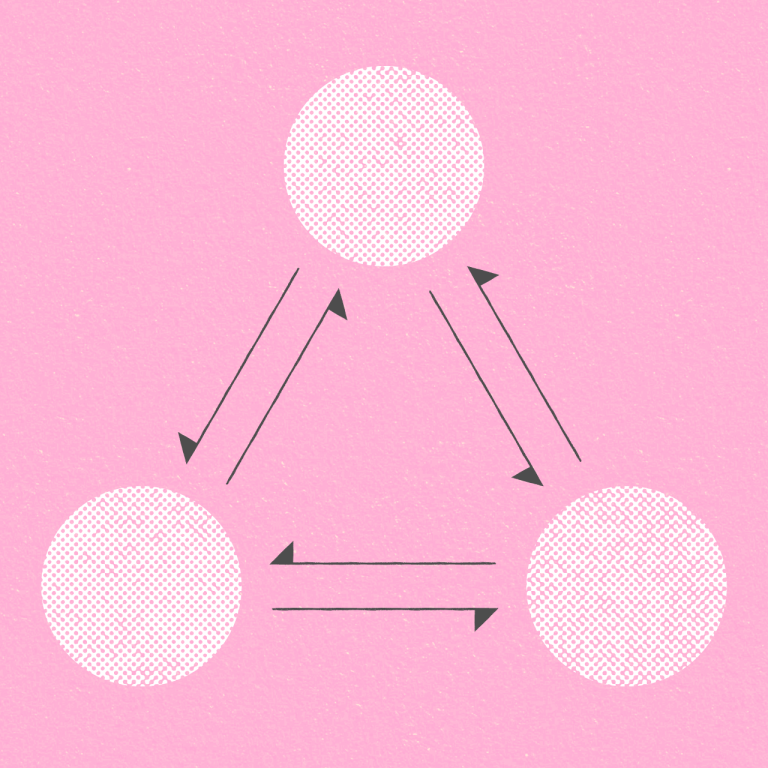In his seminal work “The Emergence of Probability,” Canadian philosopher Ian Hacking examines the historical context of how concepts like probability and statistical truth have evolved. In an effort to encourage a broader perspective and challenge assumptions of our modern minds, he points out that these concepts are not an objective and inherent aspect of the natural world, but rather constructs shaped by societal and cultural changes. Hacking shows, for example, that the idea of probability arose around the 19th century in tandem with a broader cultural desire to quantify and manage uncertainty, and how it was tied to the rise of modern bureaucratic states. This underscores a shift in modern thinking towards a reliance on quantification and analysis.
Fast-forward to the 21st century, when we’ve grown accustomed to technologies like smart watches, which monitor aspects of our health, becoming integral parts of our lives. These devices reveal our comfort with the concept of being measured and quantified, as we voluntarily present ourselves to these technologies, even amid potential privacy concerns. Behind all this is a deepening trust in numbers as, perhaps, the ultimate source of truth.
This trajectory is poised to accelerate further as we become more accustomed to a life integrated with AI, which will undoubtedly enhance our capability to automate extensive measurement and analysis processes. This brings up a fascinating question: Are we neglecting the unquantifiable facets of human experience in our pursuit of measurable efficiency? What we need is a balance between quantifiable metrics and qualitative, human-centric values. After all, as the American economist W. Edwards Deming once observed, “the most important things cannot be measured.” Would you agree?
Digital Architecture Lab (DAL) advocates for a harmonious integration of the tangible benefits of development with the less quantifiable aspects of human experience. This ethos is extensively articulated in our research paper, “Towards Henkaku,” produced by Pentagram as part of DAL’s branding strategies. This paper forms the foundation of the “digital architecture” that we, as a group, are working to define.
Henkaku is a Japanese word that means “change radically, to make something new.” In a nutshell, it presents a new theory of change and a paradigm shift in response to the complex challenges of contemporary societies, such as climate change, economic crises, inequality, and digital transformation. DAL’s approach recognizes how complex the world’s systems are, so much so that the traditional frameworks have become inadequate in addressing the aforementioned issues. We champion a humanistic and qualitative approach to change management that is fundamentally different from the current hyper-individualistic, capitalistic value system.
Henkaku in Action
Henkaku aims to change focus from the conventional measures of success like wealth and profit to prioritizing human flourishing, creating a paradigm shift. This shift is driven by a set of values, as illustrated in the diagram below.
A diagrammatic explanation of Henkaku’s theory of change (Source: Towards Henkaku)
The scope of this article, however, is focused on Henkaku’s application in design, and not on an exhaustive exploration of all its values. Therefore, we’re going to focus on one particular value: resisting reduction. This value advocates for a departure from oversimplified solutions and approaches. Consider this quote from <Towards Henkaku>:
“Part of resisting reduction means resisting the impulse towards quantification, a tendency of modern capitalist societies that comes to us from the Industrial Revolution and the rise of large-scale corporations … By considering everything as countable, and therefore monetizable, previous mindsets have rendered reality down to ones and zeroes, smothering over variation, nuance, and ambiguity that is not so easily simplified. By contrast, Henkaku imagines an approach that welcomes complexity of meaning, to give a completist (but still recognizable) view of reality.“
Designing Henkaku in Practice
Design is a critical tool in bringing about this era of radical change. It offers a suite of graphic tools to navigate and represent the very complexities we wish to embrace.
“Building upon the resisting reduction theme, which inherently involves a departure from both the aesthetics and the ethos of the Industrial Revolution, we find ourselves drawn to the pivotal Bauhaus movement of the 20th century and its defining characteristics. Henkaku, while echoing Bauhaus in its aspiration for a unifying philosophy that transcends mere aesthetics, positions itself in a sort of opposition to Bauhaus. This is captured in the following quote from <Towards Henkaku>:“Originating in Germany in the shadow of the First World War, Bauhaus design was a direct outgrowth of the commodification of scale preached by the Industrial Revolution. As such, Bauhaus-influenced design is characterized by rationalism, pure geometry, standardization, and minimalism … If the Bauhaus is defined by its rules, Henkaku could instead be defined by its emotions: joy, vitality, spirited, energetic, warm.“
Here we highlight some of the specific design principles that we at DAL derived from the resisting reduction theme.
1. Embracing organic forms, acknowledging the interplay of form and movement, the importance of materiality, and the value of craftsmanship.
In our digital age, we often overlook the human element in data. Henkaku brings this to the forefront, highlighting that data isn’t just an abstract concept but is shaped by human hands and minds. The hand—along with the biases—of its creator is always present.
At DAL, each team is referred to as a “House,” to foster a sense of human connection, which resonates with the architecture theme in our name. To distinctively represent each House, we incorporated various hand-drawn roof designs on top of the soft-pixel graphics. We also organized a contest inviting team members to contribute their ideas and designs for the roof graphics, encouraging collaborative participation in the branding process.
For our first team retreat, we crafted a unique background pattern using hand-drawn soft-pixel graphics. This design, with its charmingly uneven and slightly skewed appearance, gives off a friendly and warm atmosphere, steering clear of the overly sharp aesthetics typical of digital graphics. We also hand-wrote each participant’s name on the welcome cards, choosing this thoughtful approach over generic mass production. This aligns seamlessly with our Henkaku ethos, emphasizing the human touch and sentiment in our endeavors.
2. Embrace complexity while maintaining clarity
In visual design, this means representing diversity, dynamism, and the richness of human experience without losing sight of the need for abstraction to ensure clarity. However, this abstraction should not gloss over the nuances and textures of the subject matter.
There’s an interesting interplay in design between simplicity and complexity, particularly in Japanese culture. While there’s a strong lean towards minimalism, influenced by Zen philosophy’s spiritual essentialism, there’s also an undercurrent of maximalism. This is characterized by bold colors, exuberance, and a certain degree of chaos. Henkaku, at its core, is about exploring and expressing this duality.
“Soft pixels” are central to DAL branding strategies and best represent our attempt to embrace the tension between complexity and clarity. “At the center of the identity is a colorful mark meant to represent the seemingly contradictory ethos at the heart of the Lab’s mission: decentralization and collective action. Constructed of 25 parallelograms, or ‘soft pixels’ as dubbed by the Lab, the icon evokes movement and activity—seemingly random, but in fact structured and organized to achieve impact.’ (You can read more about the soft pixels here.)
Looking Ahead: Future Directions
Throughout 2023, DAL devoted considerable time to studying and experimenting with Henkaku’s design principles. As we move into 2024 and beyond, our aim is to expand upon Henkaku’s values through our work.
Another Henkaku value described in the original paper is decentralization. Contrary to the Bauhaus’s dogmatic approach, which demanded strict adherence to its core principles, we are aiming to develop a more decentralized model. This is an important design theme through which we can embrace elements such as bottom-up, community engagement, and co-creation, encouraging contributions from a much wider user base.
Some of the possible design directions we can derive from this are:
Headless brand
The current design field predominantly follows a top-down approach to branding, centered around a standards manual. This document outlines the correct (and incorrect) ways of implementing a brand’s visual identity in the world.
A “headless brand,” in contrast, would be without a single, centralized source of truth like a guidelines document. Instead, it would feature a shared graphic lexicon that can be deployed, adapted, and remixed by the community. While some level of standardization might still be necessary, a “headless brand” is essentially governed and perpetuated by its user community.
Recognizing the ambitious nature of this project, we are open to exploring this concept further. Perhaps developing a design guide for a headless brand could be a starting point—offering some guidelines while maintaining flexibility.
Generative Identity
Building on the concept of the headless brand, we could explore ways to utilize our existing soft pixels generator. This approach would allow for the creation of dynamic, evolving brand elements that reflect the participatory and decentralized ethos we are aiming to embody.
The pixels can be rearranged endlessly to create illustrations, patterns, symbols, even typography.
DAL anticipates a year of continued exploration, aiming to extend the scope of the Henkaku principles beyond their existing boundaries. This expansion will see the integration of these principles into not just the design field, but also into a variety of other work areas. Our goal is to cultivate a paradigm shift by offering alternative narratives in the conversation about progress, thereby enriching the discourse and guiding it towards a more balanced and sustainable future.
Joseph Park is the Content Lead at DAL (joseph@dalab.xyz)
Soryung Seo is the Brand Designer at DAL (Soryung@dalab.xyz)
Illustration: Soryung Seo
Edits: Janine Liberty
